Imagine you discovered your salary was going to be steadily declining in the coming years, making it impossible for you to fund future needs. Would you shrug off this news, and passively accept the associated damage, or shift to a more stable source of income?
When it comes to the funding needed to build and maintain the nation’s roads and bridges, policymakers are facing a similar threat, and most of them are shrugging it off.
The Problem
Currently, we finance much of our transportation infrastructure with a state and federal gasoline tax, where the more gasoline we use, the more we contribute to building and maintaining the transportation infrastructure. For a long time, the gas tax has served us well.
 But the gas tax is becoming obsolete. Here’s why: Between 2008 and 2014, the average fuel efficiency of new cars increased by 22%. In coming years, new fuel efficiency regulations and technological improvements will accelerate that progress. As as result, by 2040 the U.S. Energy Information Administration (EIA) projects that fuel sales will decrease by between 34% and 45%. The less gasoline we use, the less we have for building and maintaining our transportation infrastructure.
But the gas tax is becoming obsolete. Here’s why: Between 2008 and 2014, the average fuel efficiency of new cars increased by 22%. In coming years, new fuel efficiency regulations and technological improvements will accelerate that progress. As as result, by 2040 the U.S. Energy Information Administration (EIA) projects that fuel sales will decrease by between 34% and 45%. The less gasoline we use, the less we have for building and maintaining our transportation infrastructure.
“Just raise the gas tax,” you say? Well, a paper recently written by transportation finance expert Ed Regan estimates:
“If governments want to still generate equivalent revenue to keep up with future travel levels, gas tax rates will need to be increased to as much as $1.16 per gallon to overcome the effect of future fuel efficiency.”
Given how politically difficult it has proven over the years to increase the gas tax by even a few pennies, an increase of that magnitude would seem to be politically impossible.
Even if passing such a huge increase were somehow politically feasible, we would be left with a grossly unfair system where some can avoid, quite legally, paying their fair share for funding roads and bridges. (By the way, as someone who has driven a gas-electric hybrid for a decade, I’m one of those people unfairly benefiting from the gas tax status quo.)
If we don’t enact a steep gas tax, Regan has alarming numbers for policymakers and citizens to ponder:
By 2025, just 8 years from now, increasing fuel efficiency may cost state and federal coffers as much as $20.8 billion per year in fuel tax revenues.
Twenty-one billion dollars is a lot of road and bridge projects. Clearly, stubbornly clinging to the gasoline tax status quo would dramatically impact our safety, global competitiveness and quality-of-life.
Yes, the Trump administration is proposing to roll back fuel efficiency standards. But many experts believe this will have only a limited effect on the trend toward greater fuel efficiency and use of non-gasoline powered vehicles. CNBC reports:
Trump’s bid to ease fuel efficiency rules will be tough and likely limited, experts say:
The White House’s attempts to alter the Obama administration’s plan to raise federal automobile fuel standards could be a slog and ultimately yield little change, experts say.
The Department of Transportation and the Environmental Protection Agency will revisit rules finalized under President Barack Obama that would keep automakers on pace to manufacture vehicles that get more miles per gallon. But experts say it will be difficult for President Donald Trump to meaningfully relax the rules under the Corporate Average Fuel Economy standards, or CAFE.
Whether driven by consumer demand, regulations or both, the march towards greater fuel efficiency seems inevitable. The Trump fuel efficiency changes may slow the march, but they won’t stop or reverse it.
The Solution
The most logical solution to this increasingly urgent problem is to charge users based on distance traveled rather than gasoline used. Under such an approach, transportation funding would be much more adequate and stable than it is with the gas tax.
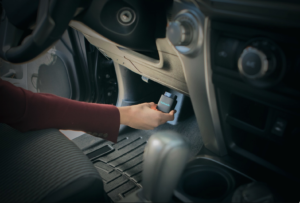 But in the stodgy world of transportation finance, old habits die hard. Charging based on distance requires a very different type of revenue collection system, and such a change is proving to be mind-bending for many policymakers.
But in the stodgy world of transportation finance, old habits die hard. Charging based on distance requires a very different type of revenue collection system, and such a change is proving to be mind-bending for many policymakers.
Fortunately, at the state level various approaches are being piloted, evaluated and refined. For instance, one approach being tested with 5,000 volunteers in California gives users a range of choices for collecting a “Road User Charge.” Volunteers can choose to track distance by using 1) a small electronic device, called a “dongle,” plugged into their vehicle, 2) a smart phone photo of their odometer sent to authorities on a monthly basis, or 3) other more low-tech tracking methods.
Moving to this type of distance-based system won’t come without headaches or expense. But everything is relative, and accepting the hassles associated with this transition is a small price to pay for avoiding a transportation infrastructure meltdown. With as much as $21 billion in transportation funding about to disappear over just the next eight years, and much more about to disappear in the coming decades, policymakers can no longer afford to shrug off this problem.
Note: I have done public relations work on this issue for an academic client, but the views expressed are my own.

 Republicans — ever eager to show they are in touch with the values of ordinary Minnesotans — are very fond of drawing analogies between household budgeting and government budgeting. Former Governor Tim Pawlenty was especially keen on talking about the virtues of “kitchen table budgeting.”
Republicans — ever eager to show they are in touch with the values of ordinary Minnesotans — are very fond of drawing analogies between household budgeting and government budgeting. Former Governor Tim Pawlenty was especially keen on talking about the virtues of “kitchen table budgeting.”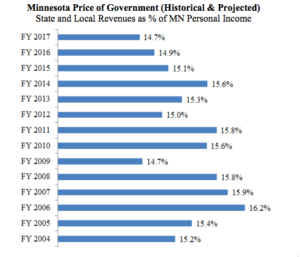 More to the point, families typically don’t cut the family budget — across the board or otherwise — when the family finances are stable or improving. I promise you, this is not heard at very many kitchen tables: “Okay sweetie, we’re financially comfortable and stable right now, but let’s cut the household budget deeply anyway!”
More to the point, families typically don’t cut the family budget — across the board or otherwise — when the family finances are stable or improving. I promise you, this is not heard at very many kitchen tables: “Okay sweetie, we’re financially comfortable and stable right now, but let’s cut the household budget deeply anyway!”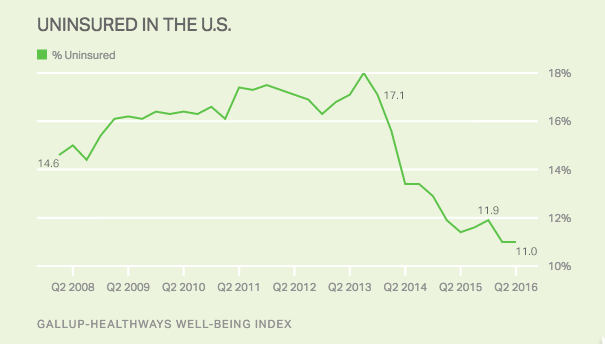 And despite years of heavily-financed and relentless attacks on the model, most Americans now have a
And despite years of heavily-financed and relentless attacks on the model, most Americans now have a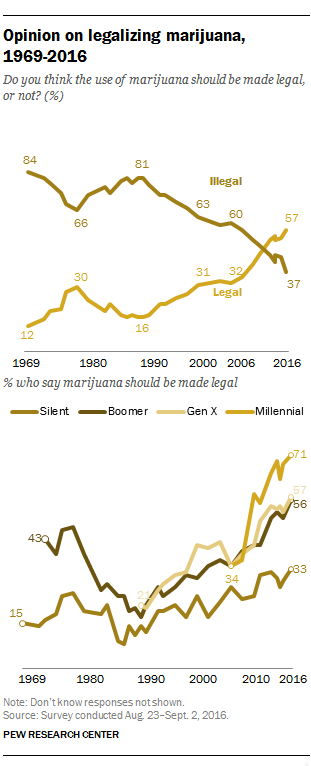 I recently wrote to Minnesota legislators to ask them to end marijuana prohibition, as many states have recently done. The responses I’ve received have been disappointing, not because they disagreed with me, but because they were utterly vacuous.
I recently wrote to Minnesota legislators to ask them to end marijuana prohibition, as many states have recently done. The responses I’ve received have been disappointing, not because they disagreed with me, but because they were utterly vacuous.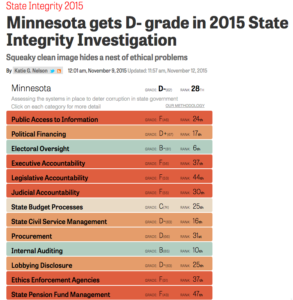 When Republicans took over the Minnesota House of Representatives, they got their chance to show Minnesotans their preferred style of governing.
When Republicans took over the Minnesota House of Representatives, they got their chance to show Minnesotans their preferred style of governing.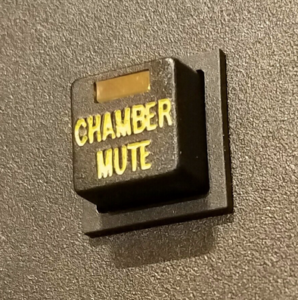 The reality of the mute button is pretty horrifying. Regulating debate should continue to be done with the traditional, predictable, and ever-civil Mason’s Manual of Legislative Procedure, not the impulsive flick of a politicians’ index finger. Mason’s doesn’t need a mute.
The reality of the mute button is pretty horrifying. Regulating debate should continue to be done with the traditional, predictable, and ever-civil Mason’s Manual of Legislative Procedure, not the impulsive flick of a politicians’ index finger. Mason’s doesn’t need a mute.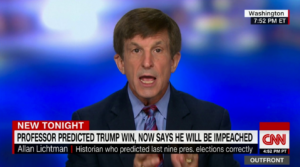 There’s a popular theory among the chattering classes that Trump will be impeached fairly soon. It goes something like this: Republican members of Congress are getting very sick of Trump, because of his incompetence, conflicts-of-interest, Putin slavishness, and overall lunacy. Long-term, they worry that Trump will hurt their brand with the non-extreme swing voters they need to win elections.
There’s a popular theory among the chattering classes that Trump will be impeached fairly soon. It goes something like this: Republican members of Congress are getting very sick of Trump, because of his incompetence, conflicts-of-interest, Putin slavishness, and overall lunacy. Long-term, they worry that Trump will hurt their brand with the non-extreme swing voters they need to win elections.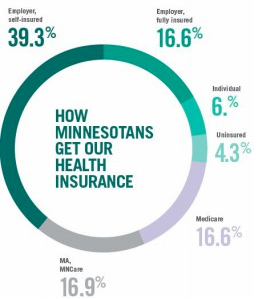 Out on the campaign stump, Republicans say they want more health plan options than are currently available. They want health insurance companies to feel more competitive pressure to keep a lid on premiums. They want consumers to have a broad network of health care providers available to them. They want assurances that there will always be at least one solid coverage option available to every Minnesotan, even when health insurance companies decide to pull out of the marketplace, as they have in recent years. Those are all good goals.
Out on the campaign stump, Republicans say they want more health plan options than are currently available. They want health insurance companies to feel more competitive pressure to keep a lid on premiums. They want consumers to have a broad network of health care providers available to them. They want assurances that there will always be at least one solid coverage option available to every Minnesotan, even when health insurance companies decide to pull out of the marketplace, as they have in recent years. Those are all good goals.
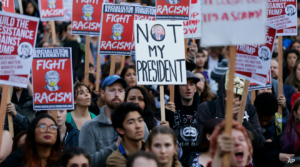 Donald Trump is my President.
Donald Trump is my President.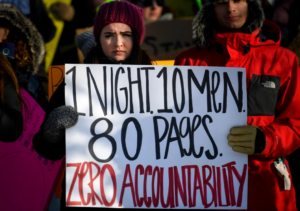 There were a lot of problems with that tweet. Coach Claeys presumably didn’t have all the facts, yet, by making the “better world,” comment, he seemed to be siding with the accused over the accuser. He was publicly crossing his bosses, University Athletic Director Mark Coyle and President Eric Kaler, who did have the facts. Importantly, he expressed no concern about the seriousness of an extremely disturbing allegation.
There were a lot of problems with that tweet. Coach Claeys presumably didn’t have all the facts, yet, by making the “better world,” comment, he seemed to be siding with the accused over the accuser. He was publicly crossing his bosses, University Athletic Director Mark Coyle and President Eric Kaler, who did have the facts. Importantly, he expressed no concern about the seriousness of an extremely disturbing allegation.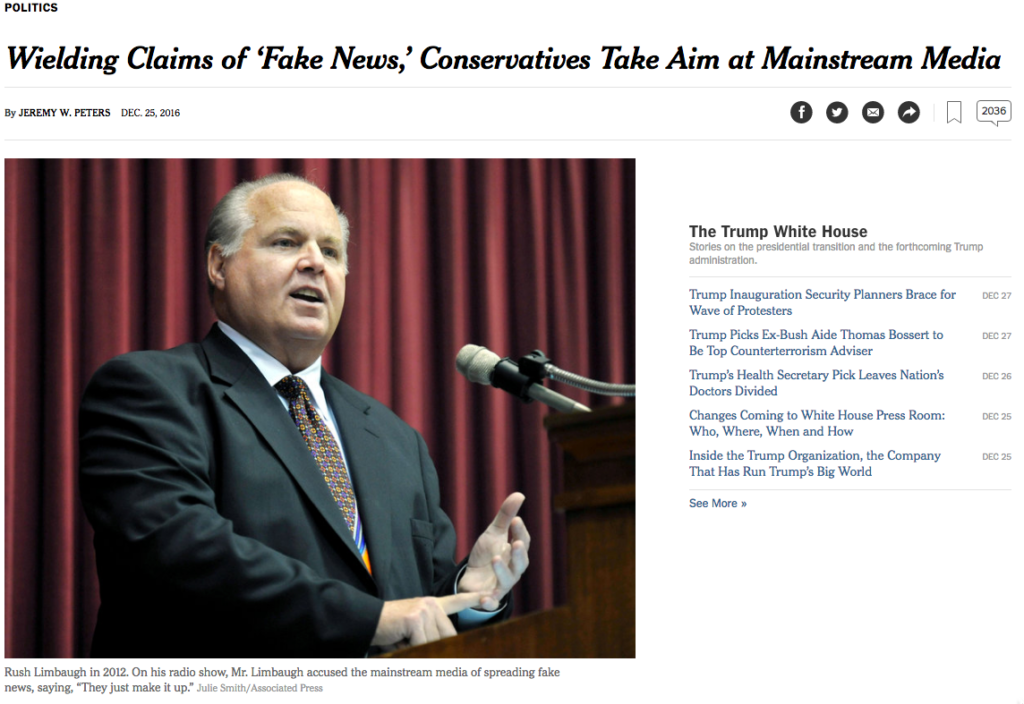
 These ratings would need to be very simple, so readers, viewers and listeners people could get a quick, at-a-glance verdict, with more details readily available for the relatively few who want them. For example, a news organization that is found to be using all journalistic best practices might be labeled something like “Four Star Journalism, Most Trustworthy,” while an organization using almost no best practices might be labeled “One Star Journalism, Least Trustworthy.” An organization that is not using any journalistic standards might be labeled something like “Zero Stars, Not Trustworthy Journalism.”
These ratings would need to be very simple, so readers, viewers and listeners people could get a quick, at-a-glance verdict, with more details readily available for the relatively few who want them. For example, a news organization that is found to be using all journalistic best practices might be labeled something like “Four Star Journalism, Most Trustworthy,” while an organization using almost no best practices might be labeled “One Star Journalism, Least Trustworthy.” An organization that is not using any journalistic standards might be labeled something like “Zero Stars, Not Trustworthy Journalism.”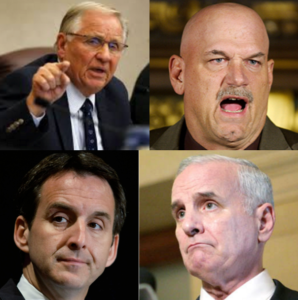 A steady stream of candidates for the 2018 gubernatorial race will soon be emerging. Often “past is prologue” in politics, so we might want to consider the type of leader Minnesotans have preferred in our recent past.
A steady stream of candidates for the 2018 gubernatorial race will soon be emerging. Often “past is prologue” in politics, so we might want to consider the type of leader Minnesotans have preferred in our recent past.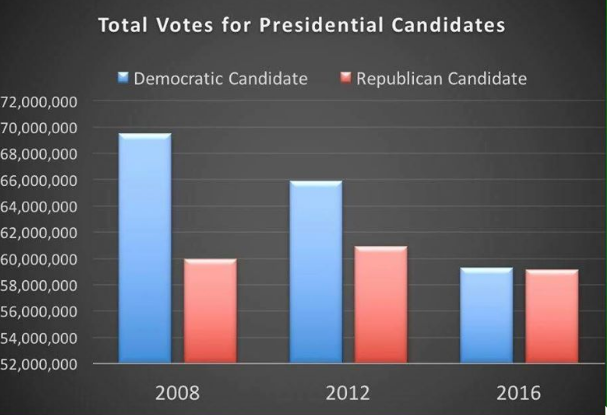
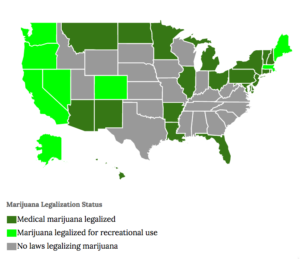 Citizens in Massachusetts, California, Maine and Nevada recently
Citizens in Massachusetts, California, Maine and Nevada recently 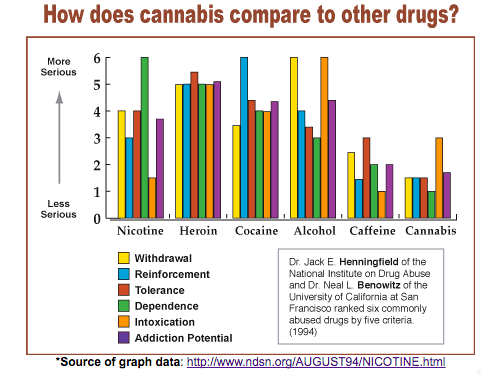 Given the facts, making alcohol legal and marijuana illegal makes absolutely no sense. Treating those two vices equally under the law will make Minnesota a more sensible and intellectually honest place.
Given the facts, making alcohol legal and marijuana illegal makes absolutely no sense. Treating those two vices equally under the law will make Minnesota a more sensible and intellectually honest place.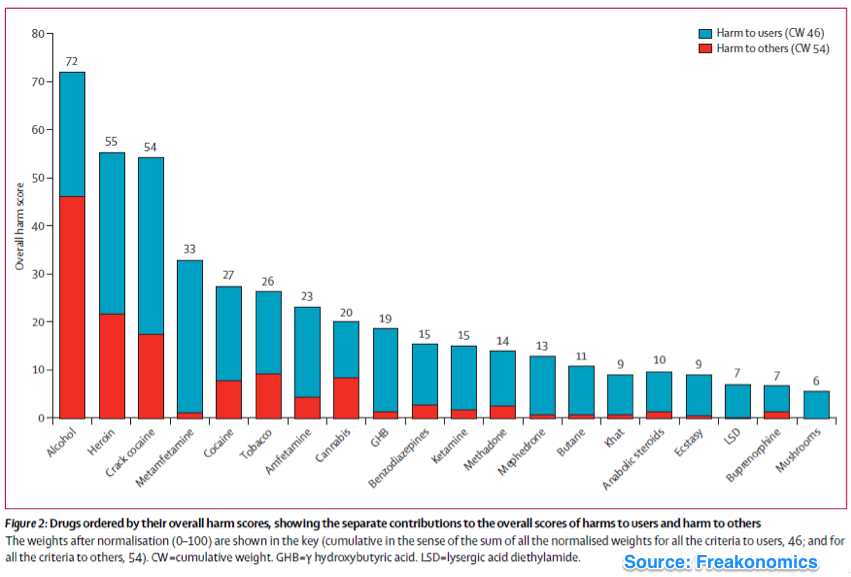
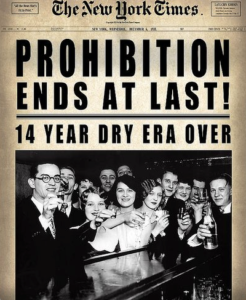 LEGALIZED MARIJUANA WILL MAKE MINNESOTA MORE FREE. Finally, just as ending alcohol prohibition made America a more free nation, ending marijuana prohibition will make Minnesota a more free state. If marijuana was legalized, I probably wouldn’t use it. But if some in the “land of the free” want to use something that is demonstrably safer than legalized alcohol, a free society should allow them to do so.
LEGALIZED MARIJUANA WILL MAKE MINNESOTA MORE FREE. Finally, just as ending alcohol prohibition made America a more free nation, ending marijuana prohibition will make Minnesota a more free state. If marijuana was legalized, I probably wouldn’t use it. But if some in the “land of the free” want to use something that is demonstrably safer than legalized alcohol, a free society should allow them to do so.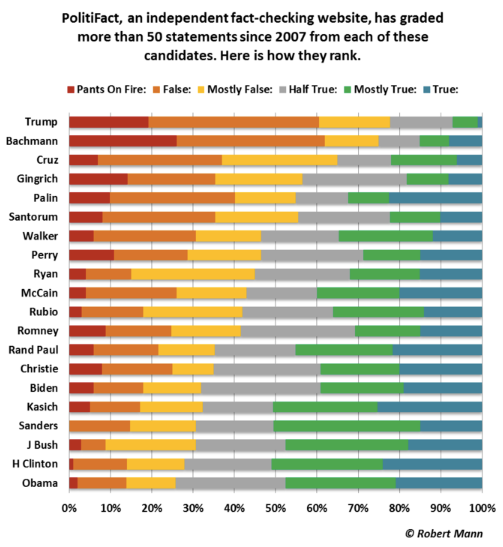
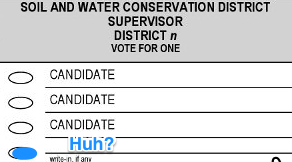 For all I know, I may have just voted for a creationist to select my kids’ science curricula, or a reckless corporate polluter to set environmental protections in my water conservation district. But it’s not my fault.
For all I know, I may have just voted for a creationist to select my kids’ science curricula, or a reckless corporate polluter to set environmental protections in my water conservation district. But it’s not my fault.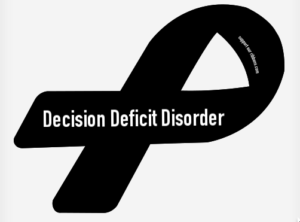 Washington, DC — Just as the holiday season can be difficult for those who have recently lost loved ones, election time is a horrific time for those suffering from a little discussed condition known as Decision Deficit Disorder (DDD).
Washington, DC — Just as the holiday season can be difficult for those who have recently lost loved ones, election time is a horrific time for those suffering from a little discussed condition known as Decision Deficit Disorder (DDD). I’ve found a fabulous new productivity tool. I know you’ve heard this before, but I think this one could really change everything.
I’ve found a fabulous new productivity tool. I know you’ve heard this before, but I think this one could really change everything. Yes, I have taken to regularly unplugging from the alleged productivity of my relatively high tech mobile office to do something that looks suspiciously like slacking. Most days, I now set aside time for an hour-long walk or run with my Golden Doodle business partner.
Yes, I have taken to regularly unplugging from the alleged productivity of my relatively high tech mobile office to do something that looks suspiciously like slacking. Most days, I now set aside time for an hour-long walk or run with my Golden Doodle business partner.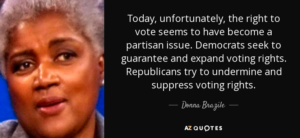 When it comes to the Minnesota DFL’s attempt to bar Donald Trump’s name from appearing on Minnesota ballots, the party is making a mistake by focusing on the could versus the should.
When it comes to the Minnesota DFL’s attempt to bar Donald Trump’s name from appearing on Minnesota ballots, the party is making a mistake by focusing on the could versus the should. There are lots of heroes in our society. Soldiers, nurses, police officers, teachers and fire fighters are among them, and we regularly praise those groups with special holidays, public ceremonies, and “I support (fill in the blank)“ ribbons. But sometimes it seems that we heap so much adulation on those high profile professions that we ignore the contributions of more subtle heroes who serve in relative anonymity.
There are lots of heroes in our society. Soldiers, nurses, police officers, teachers and fire fighters are among them, and we regularly praise those groups with special holidays, public ceremonies, and “I support (fill in the blank)“ ribbons. But sometimes it seems that we heap so much adulation on those high profile professions that we ignore the contributions of more subtle heroes who serve in relative anonymity. There are the millions of people who have jobs that are not typically regarded as heroic – bureaucrats, janitors, receptionists, brokers, construction workers, computer techies, customer service reps, wait staff, accountants, salespeople and underwriters, to name just a few. Their vocational contributions go largely unrecognized, but their work makes our economy and society hang together and hum.
There are the millions of people who have jobs that are not typically regarded as heroic – bureaucrats, janitors, receptionists, brokers, construction workers, computer techies, customer service reps, wait staff, accountants, salespeople and underwriters, to name just a few. Their vocational contributions go largely unrecognized, but their work makes our economy and society hang together and hum.